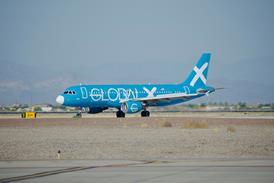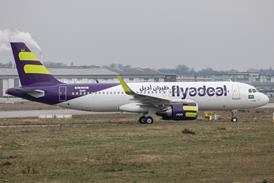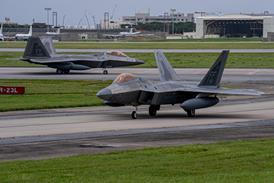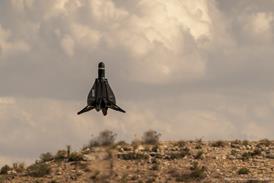Wallowing in nostalgia about the golden days of airships is out. Excitement about a new future for lighter-than-air technology is rapidly replacing it. There are now two imaginative competing companies which look as if they could achieve, and even exceed, the capabilities which early airship designers dreamed of but knew they could not deliver. If their remarkable concepts are realised, the world's thinking about how heavy equipment or bulk disaster relief supplies can be moved is about to be transformed.
Although the lighter-than-air industry has never died because of the continuing demand for specialist vehicles, ranging from massive weather balloons to surveillance vehicles and advertising blimps, it was not until the last four years that a truly revolutionary role for transport airships was seen as commercially and technologically viable.
Now the airship's clear potential in the heavy-lift, bulk, or high volume cargo market far exceeds anything that fixed wing aircraft could reasonably deliver. The world's largest cargo aircraft, the Antonov An-124, offers a 150t payload, but it needs a runway, while the new airships need no permanent ground infrastructure at collection and delivery points.
Germany-based CargoLifter was first to launch. The CargoLifter 160 is to be a massive single-hull airship able to winch up a 160t external load from any location, while it is held stationary overhead, and lower the cargo exactly where it is needed. Its weakness is that it needs a sophisticated load/ballast exchange system which implies the need for multiple ground-based infrastructure hubs from which the loading teams would be dispatched with their equipment to the load uplift or delivery site. The CargoLifter plan envisages a worldwide network of operating bases.
CargoLifter was not conceived by the lighter-than-air industry, even if it will be delivered by it. It was conceived by German manufacturers of heavy industrial machinery and structures who were collectively dissatisfied with the need to design really heavy machinery with a view to how it could be handled and transported, rather than how it could best be manufactured. Unless the point of manufacture and the point of delivery are both at seaports, multi-mode transport of heavy machinery or bulk cargoes places huge demands on road networks, and if the destination site is remote, strong roads to it have to be constructed.
Only weeks after CargoLifter's flotation on the Frankfurt stock exchange, the UK-based Advanced Technologies Group (ATG) has announced its planned SkyCat family of airborne vehicles.
SkyCat 1000 will eventually offer a previously unthinkable 1,000t payload, and by using a combination of lighter than air buoyancy, lifting-body aerodynamics, and a hovercushion landing system, is designed to be free of the need for any ground infrastructure. All it will need, claims ATG, is a fairly flat surface, which could be swamp, water, desert, savannah or just open ground. Smaller versions - a 15t payload SkyCat under construction - will challenge heavylift helicopters for work.
The possibilities are endless. Many seaports, for example, are surrounded with massive areas containing export cars waiting for shipping, or imported vehicles awaiting delivery to distributors. SkyCat 1000 could pick up more than 600 cars in a load at the manufacturer, delivering them to points which make distribution far more efficient. In the case of a US Army need for rapid deployment, a Boeing C-17 military airlifter can carry only one 75t Abrams main battle tank; a SkyCat 1000 could carry 13. And for the first time, it starts to make sense for building materials to be delivered by air if the site is remote. Following natural disasters, bulk relief supplies could be delivered even if the infrastructure has been devastated. CargoLifter can do the job where the surface is not suitable for SkyCat.
Aviation is finally entering the domain which sea transport has historically dominated. Now, the only arena in which marine transport will be free from challenge is in the movement of bulk fluids which can be pipelined from ports.
Source: Flight International























